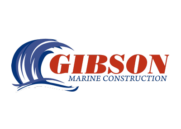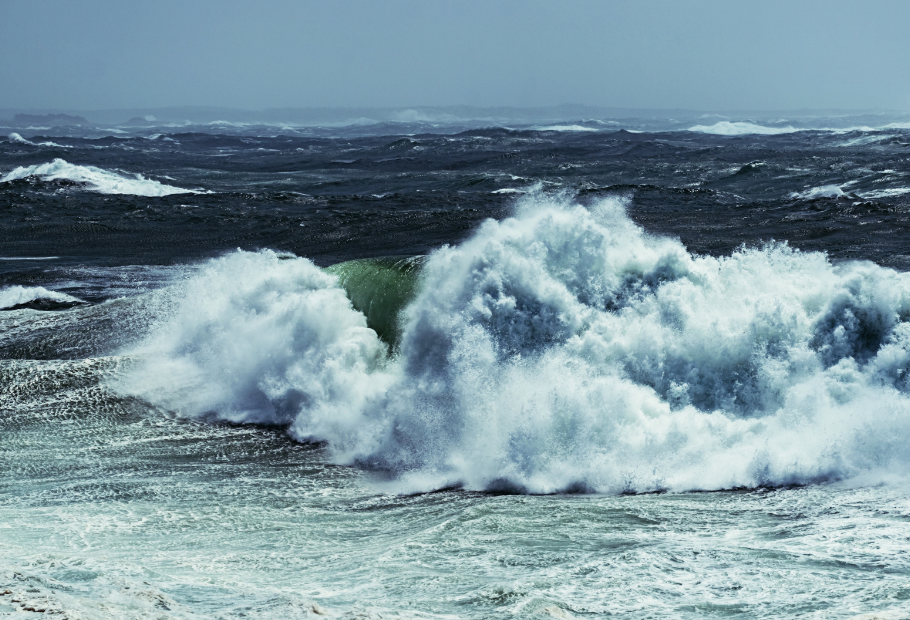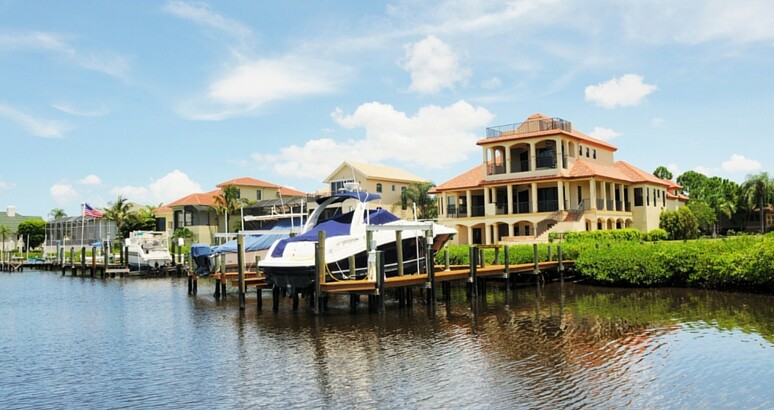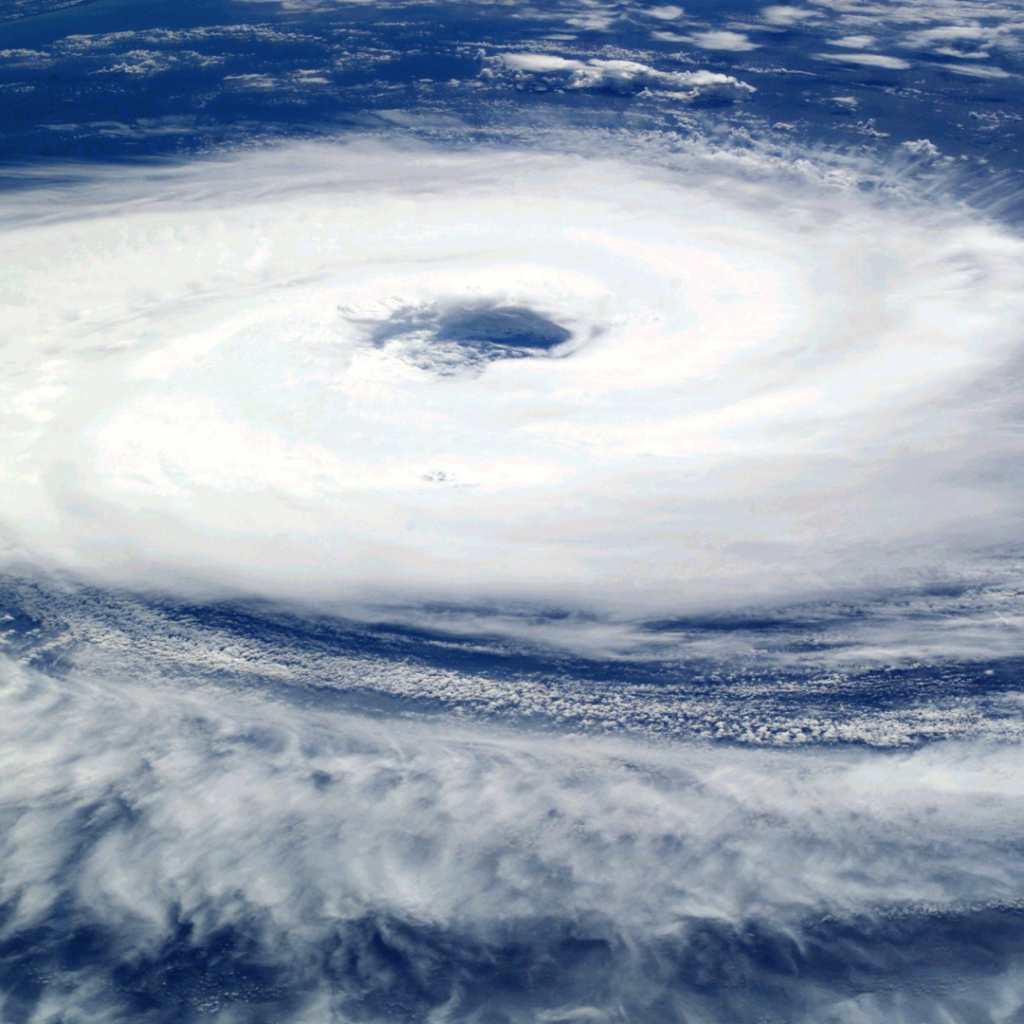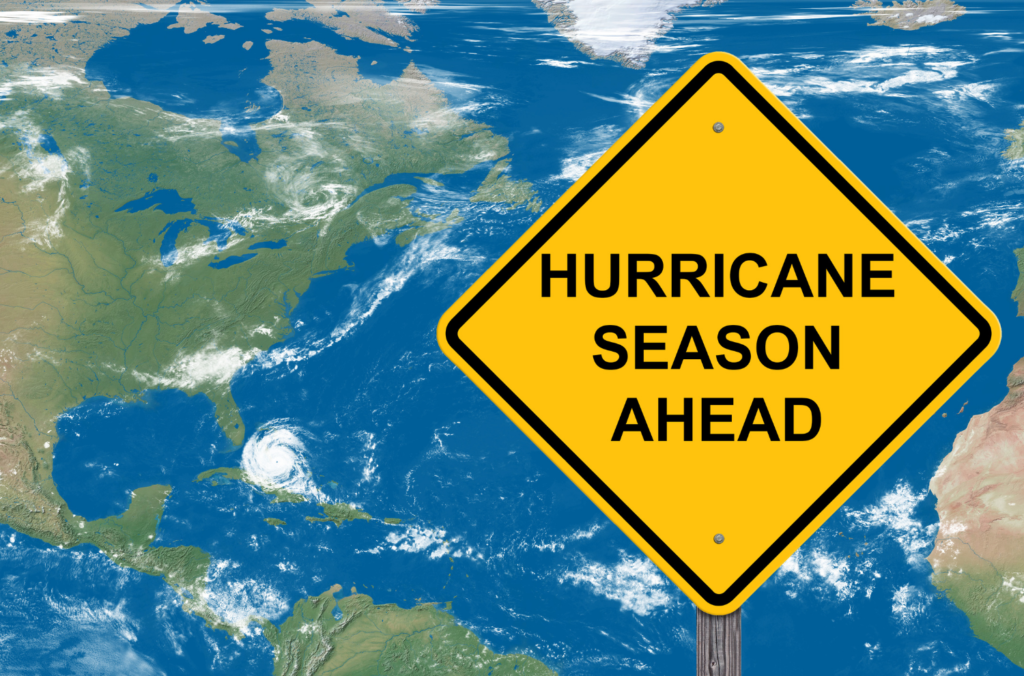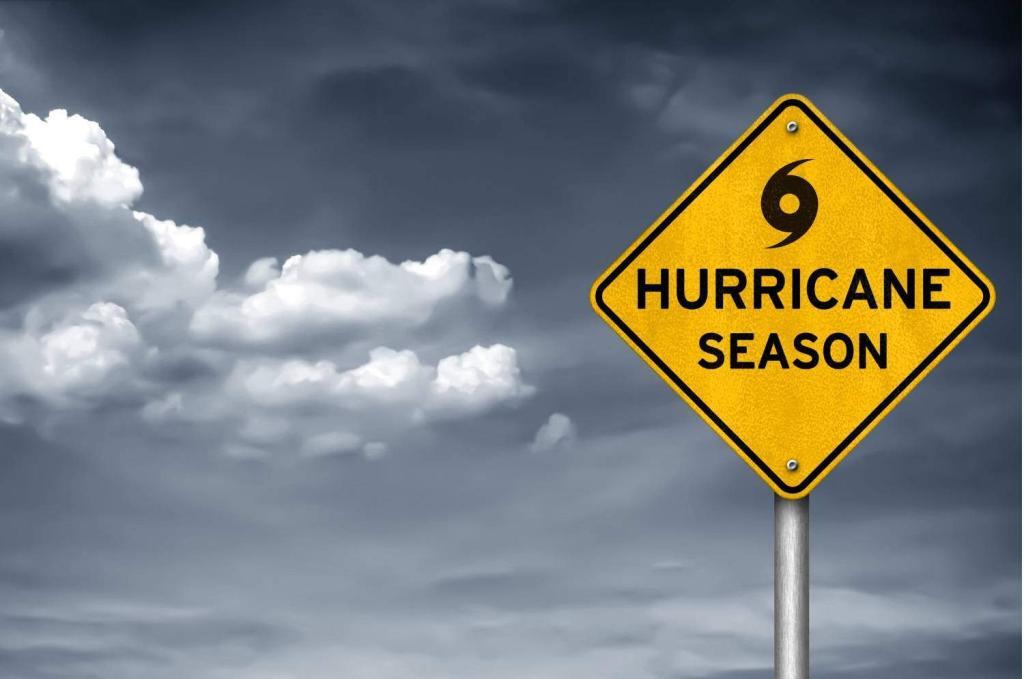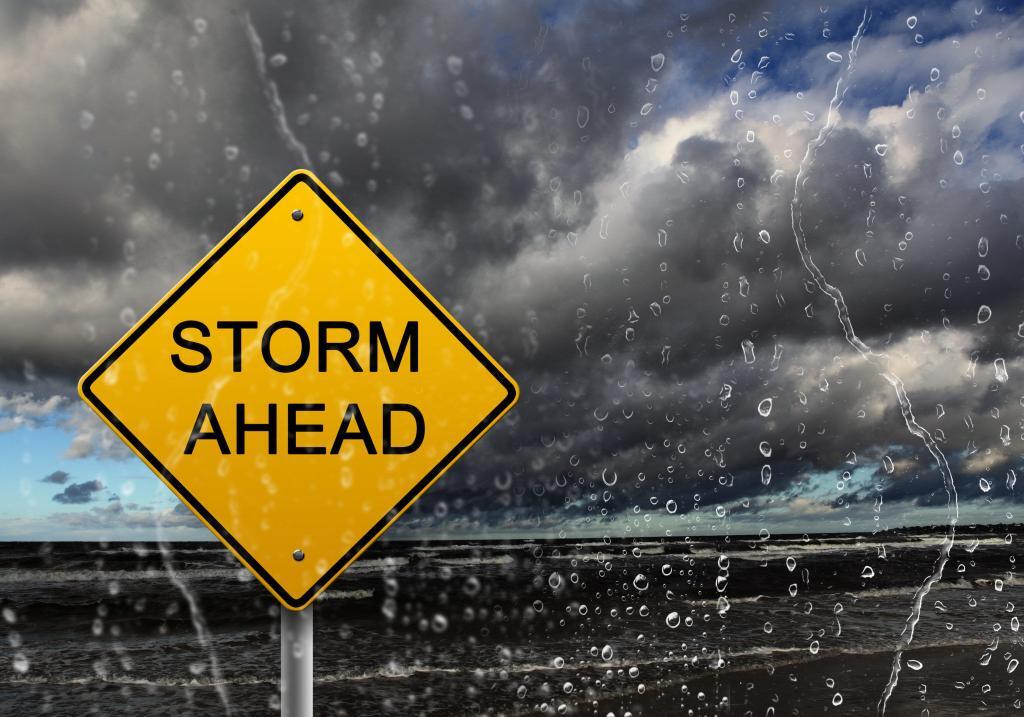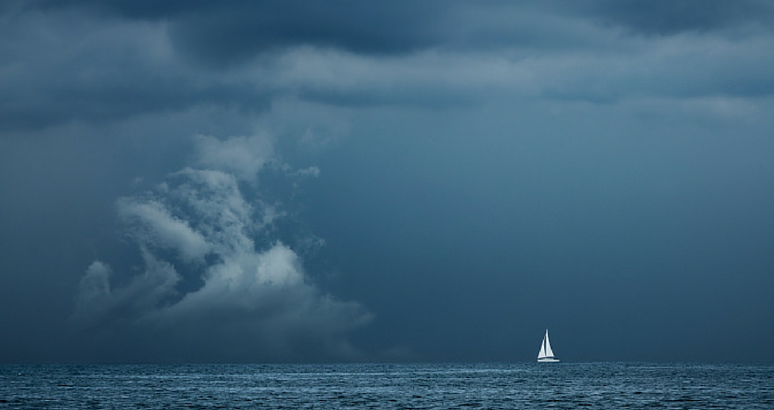The Official End of the 2022 Atlantic Hurricane Season
The Official End of the 2022 Atlantic Hurricane Season The 2022 Atlantic hurricane season has officially ended on November 30. Experts predicted that it would be another busy, above-normal hurricane season. And NOAA issued a La Niña Advisory at the beginning of the season predicting a potential very rare third consecutive La Niña, which has …
The Official End of the 2022 Atlantic Hurricane Season Read More »
